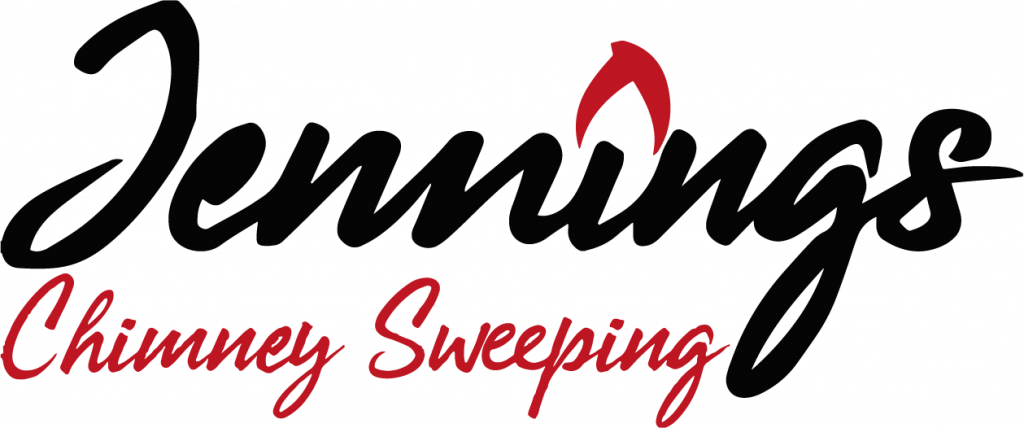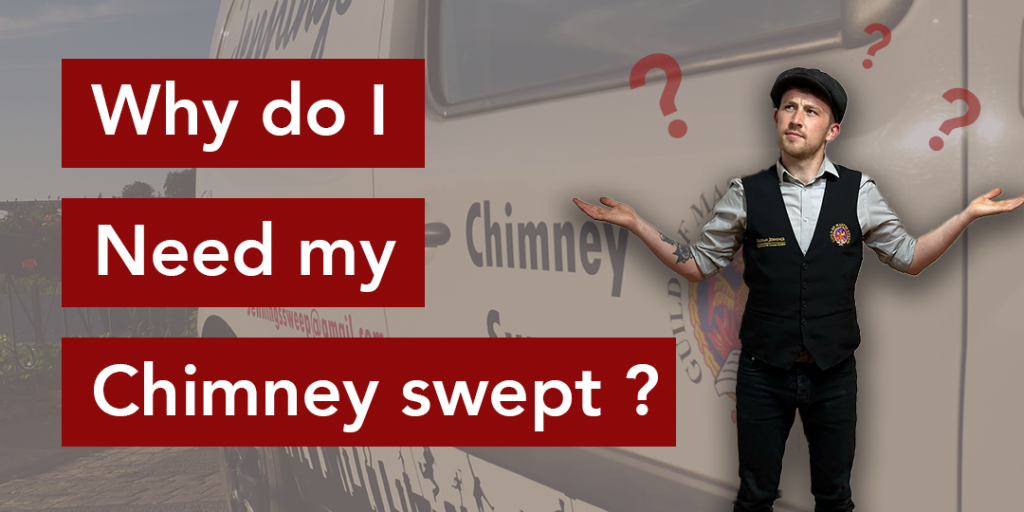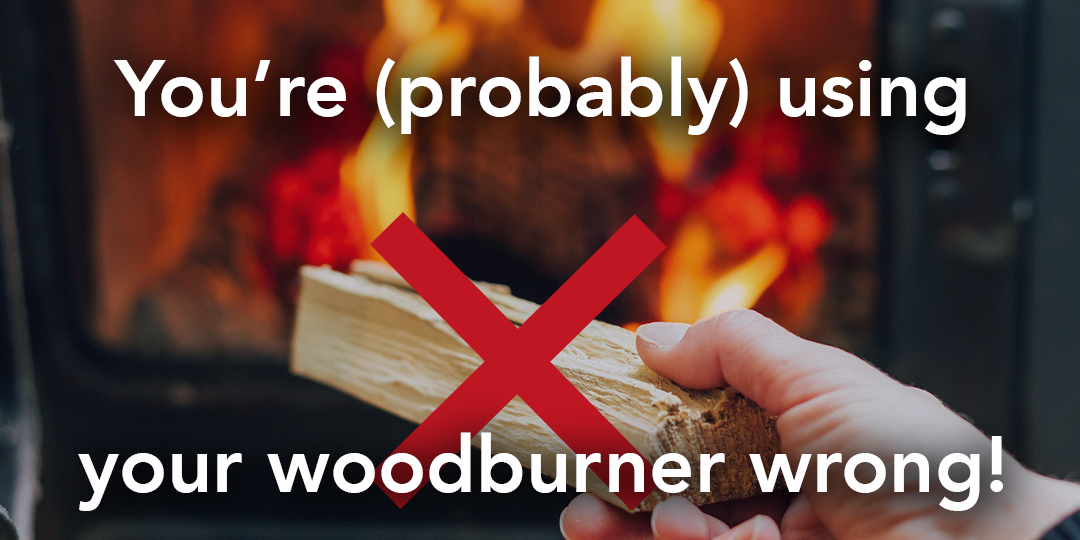Since our ‘Ooga Booga’ caveman days, many millennia ago, we have been lighting fires to keep warm. Fast forward roughly 1.5 million years to modern day and many of us are still accustomed to lighting fires each day in the cold winter months. Our understanding of fire has led us to create more and more efficient fireplaces and stoves all of which have one thing in common, a chimney. Popularised in 12th century Europe, Chimneys themselves have now evolved into the efficient stainless steel liners we know and use today. Everyone knows you should have your chimney swept regularly, but do you know why?
Safety
The exhaust gases venting into your chimney are known as volatile hydrocarbons. These are things such as tars, creosote and resins found in your wood which make up around 80% of the heat energy in your fuel. Over time, these waste gases begin to collect in your chimney, cooling, condensing and sticking to the walls of the chimney. With proper operation of your woodburner, these compounds can be reduced but as there is no stove on the market that is 100% efficicent, the build-up of these compounds is inevitable.
The compounds found in your chimney are flammable. If they are allowed to build up too much you run the risk of having a chimney fire. Regular sweeping of your chimney, at least once per year, reduces the risk of chimney fires tremendously. In addition to this, your chimney sweep will be able to tell you how best to operate your own system to reduce the waste entering the chimney and further reduce the risk of a fire. This is why almost zero chimney fires happen under the watchful eyes and experience of professional chimney sweeps.
Efficiency
Every stove has an outlet compatible with the recommended diameter of flue pipe for that stove. This is calculated based on the heat output of the appliance and it is imperative that the correct flue diameter is installed for efficient use of the appliance. The same goes for open fireplaces and stone/brick chimneys. When waste gasses collect on the walls of the chimney and begin to build up, the diameter of the flue pipe is naturally reduced which has a knock-on effect to the airflow and ventilation components of your fire’s combustion. Allowing deposits to build up in your chimney could result in costing you more money as you are compelled to use more fuel for the same heat output.
Prevention of Carbon Monoxide poisoning
Blocked or partially blocked chimneys will not allow the free passage of gases up and out your chimney. One such gas found in the by-products of combustion is Carbon Monoxide (CO). Most people are aware that it is present in gas boilers but did you know there are more parts per million (PPM) of CO found in solid fuels over both gas and oil combustion? By regularly sweeping your chimney and allowing the free passage of gasses through your system, these by-products will be removed from your home which is the entire reason that chimneys exist.
On the note of Carbon Monoxide, we Highly recommend every room housing a flame-based appliance has a CO alarm installed. With a well installed and properly operated fire, there is incredibly little risk of ever having an issue with Carbon Monoxide poisoning. However, given that the symptoms of CO poisoning can be anything from a headache to a fatality, it is a no-brainer that a CO alarm should be found in every room with a flame-based appliance. We recommend buying a 10 year sealed battery unit such as this one here.
Inspection and maintenance
The chimney sweeps of the past, responsible only for the cleanliness of the chimneys no longer exist. In their place, the modern chimney sweep takes on more of a technician role. Your qualified Chimney Sweep has been trained in the intricacies of solid fuel heating systems and has passed exams and assessments demonstrating their understanding of combustion and the construction of your installation. Overtime both your stove and your chimney system will require maintenance, just like changing the tyres on your car or swapping out your brake pads, for example. Similar to the MOT or CT you take your car for every 1 or 2 years (Depending where you live), your stove and chimney too need to be inspected.
During your appointment, your Chimney sweep will be inspecting and analysing each component of your installation and appliance, checking for anything that requires a little TLC or needs replacing. We recommend using a modern chimney sweep who uses an internal CCTV camera as part of their sweeping process. This allows the sweep to view the inside of the chimney and view its condition as well as checking the internal joints of the system which will at some point require some level of maintenance.
Compliance with insurance and regulation
Article 31-6 of the ‘Règlement sanitaire départemental Type’ (RSDT) stipulates that in France, any flue system used for the evacuation of combustion gases must be maintained and swept a minimum of once per year. Depending on your department, you could be fined a category 3 fine of up to 450€ if you are found not to be compliant with environmental law.
In reality this is likely only to be enforced if you were to have a chimney fire as presently, there is no measure in place to check if a homeowner has swept their chimney. However, you may be required to have your chimney swept depending on your house insurance policy. Most insurers in France will expect you to have a ‘certificat de ramonage’ relevant from the past 12 months should a chimney fire ever happen at your property. A ‘certificat de ramonage’ is a document given to you by your chimney sweep proving a record of maintenance of your system. We recommend checking your policy or contacting your insurance agent to find out what intervals of sweeping you are required to conform to. Without having a ‘certificat de ramonage’ within your providers required intervals of sweeping, you may find that your policy is invalidated leading to you receiving no cover in the event of a chimney fire.





